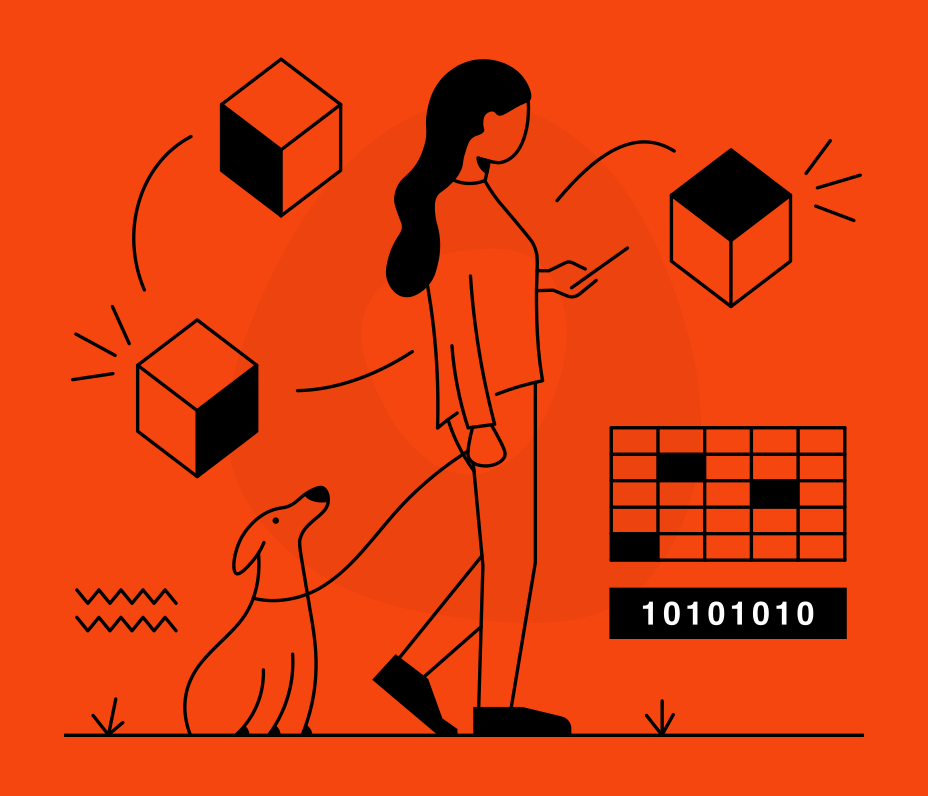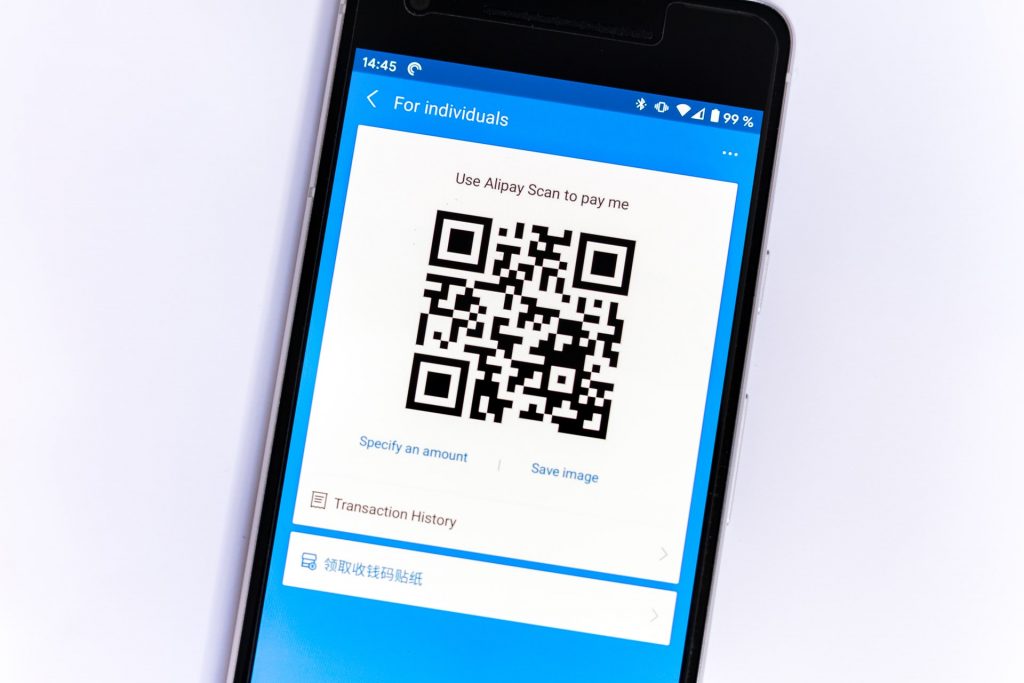
Consumers have rapidly adopted Financial Technology (or Fintech for short) over the last few years. People pay energy bills via their banking apps, pay for their morning coffee and send money to their friends all through their smartphones.
But fintech services in the B2B eCommerce sector have not yet experienced the same explosive growth. But it is coming. Fuelled by the pandemic, B2B buyers are now far more comfortable with a self-directed approach to their purchases. And B2B eCommerce storefronts are rapidly evolving.
Here are 5 ways fintech is shaking up B2B eCommerce.
Instant payments between B2B sellers and buyers is the “new normal”.
Businesses usually have had to build a clearing cycle into their payments processing. Or they have to pay extortionate fees for same-day transfers through Real Time Gross Settlement systems.
But customer demand, which includes both B2B buyers and sellers; is driving the growth of real-time or low cost instant payment systems. These systems tend to come from non-bank providers. And they tend to be fast, transparent and innovative.
In Europe the legacy banks are facing a major challenge to their B2B payment propositions. They have had to innovate. Frameworks for instant B2B payments have been adopted in the banking industry. But new players continue to undercut the traditional banks’ fee structure and operate in a more agile manner.
E.U. regulatory frameworks make quick online payment systems a lot easier to build. And their use in the B2B space is growing exponentially. But what about cross-border payments all over the world?

Instant, cross-border international payments between B2B sellers and buyers.
In international B2B transactions, it’s not uncommon for supply chains to move faster than the payment system in use. This leads to inefficiencies and even the potential for fraud or loss of earnings for B2B focused companies.
SWIFT’s GPI (Global Payments Innovation) solution helps to tackle this problem. GPI handles more than $300 billion of payments daily. With 50% of those payments delivered within 30 minutes.
Instant payment services that use the SWIFT framework can take advantage of GPI. Which can help B2B buyers and sellers and it makes it far more likely that we can expect instant payments to become the norm over the next few years.
2021 is the year of ISO 20022…so, what on earth is it?
The financial world does have some baffling jargon. And ISO 20022 sounds like something from the Jason Bourne films. So what is it?
ISO 20022 is an emerging ISO standard for data interchange between financial institutions. It creates a common language for payment data all around the world. ISO 20022 covers information around payment transactions, trading, settlement information, card transactions and more.
But what does this mean for B2B companies?
ISO 20022 provides more transparency and remittance information. It offers improved fraud prevention measures and requires less manual intervention. It’s a data standard that can be adopted by any financial entity (involved in payments) and implemented on any payment network.
All these factors make it more likely that ISO 20022 can speed up transactions across the board, particularly for B2B companies. Some B2B purchases are quite complex, so a better general information standard provides clarity for all parties.
Instant data exchange and more open business models.
With the speed of instant payments and the increased information that’s potentially offered by ISO 20022, the relationship between B2B buyer and seller could change.
Better fraud protection gives new B2B buyers more confidence in the process. And faster payments means B2B sellers can be secure in the knowledge that they will receive their money on time.
With the financial world converging through the use of APIs and new industry standards like ISO 20022, communication between seller and buyer in the B2B space could increase. Which could lead to more transparent business models across the B2B sector.
E-invoicing.
Open banking and fintech have a variety of implications for the day-to-day activities of a B2B focused business.
Invoicing could change with the mass adoption of open banking practices in B2B. Currently invoicing can work in different ways. Some countries use a clearance model. With this model, an invoice is generated which is presented to a tax authority (or sent to a government server) before the exchange between buyer and seller.
This gives tax authorities more visibility and means they can respond quickly if they spot “non-compliance”.
In other countries a “post-audit” model of invoicing is in use. Invoices are exchanged between the seller and the buyer. And tax authorities verify and check transactions after completion.
But with open banking standards, in the future there is no reason why these two processes can’t be combined. Invoices could be generated and sent between buyer and seller. But also sent to the tax authorities at the same time. In territories where tax rules around invoices can slow down B2B purchasing, this could be a game changer.

How MAQE can help
MAQE has helped finance companies develop technical solutions for a long time now. If you’re a financial institution who needs help to innovate, or a start-up that needs to deliver, we can help. If you’re a B2B focused company that needs guidance on integrating new technology, we can do that too! Get in touch via [email protected] and we’ll talk about your needs.
